José Greco, dancer and talent scout
I’ve been meaning to write about this extraordinary artist for some time, but for now, let’s look at one especially interesting aspect of “el Greco” as Spaniards call him: his eye for talent, and his determination to bring to the United States Spanish flamenco artists.
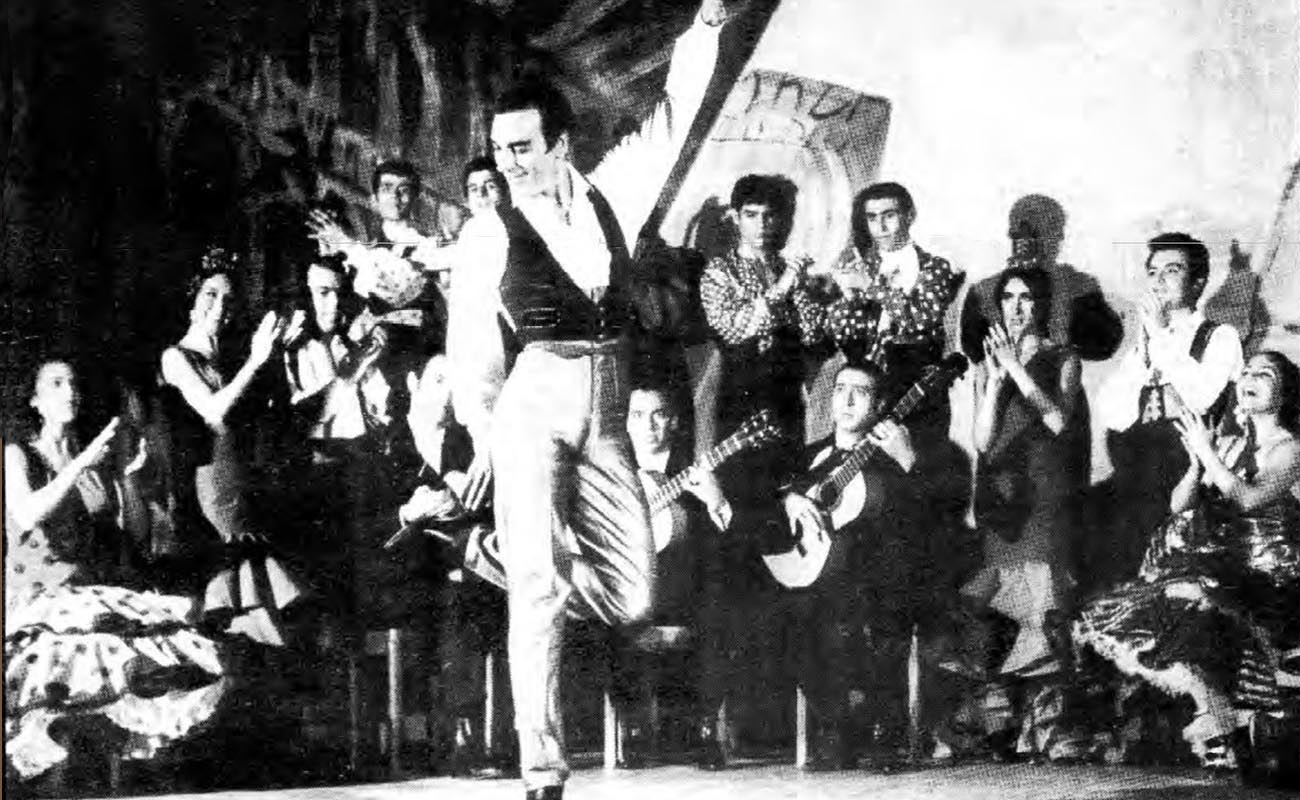
You’re walking down the street in an average town in the United States. Or some other part of the world. Almost anywhere in fact. Tap someone on the shoulder, a complete stranger, man or woman: “May I ask you a question?” (Blank look.) “Could you please name a flamenco dancer? Any flamenco dancer…it’s for a survey.” If the stranger doesn’t take you for a mugger, he or she might answer “Carmen Miranda”. No, she’s the one who became famous in the 1940s singing with fruit piled high on her head. You might be expecting them to say “Carmen Amaya”, but it’s far more likely the person’s face will light up and they’ll answer “José Greco!” Such is the fame of Italian-born Costanzo Greco, raised in New York City in the 1930s.
I’ve been meaning to write about this extraordinary artist for some time, but for now, let’s look at one especially interesting aspect of “el Greco” as Spaniards call him: his eye for talent, and his determination to bring to the United States Spanish flamenco artists who might not otherwise have been seen outside Spain. Starting of course with our beloved and much missed genius eternum, Paco de Lucía. In 1962, the Chiquitos de Algeciras, Paco and his brother, singer Pepe de Algeciras (Pepe de Lucía), triumphed at the Concurso Internacional de Jerez de la Frontera, when the boys were 15 and 16 respectively. Shortly afterwards, Pepe was recruited by Greco, and he would eventually lobby to bring his younger brother Paco to join the company in the U.S. as well. The rest is history.
Over the years, José Greco brought other noteworthy guitarists into the country such as Manolo Barón, uncle of Manolo Franco, in addition to Vargas Araceli and Ricardo Modrego who recorded with Paco in 1964. But Greco’s knack for spotting talent was especially keen for dance. Farruco senior for one, and you could even stop right there. But he also incorporated our beloved doyenne of flamenco dance, Matilde Coral and her husband Rafael el Negro, as well as Curra Jiménez who would go on to partner Antonio Gades. From Granada, the powerful young dancer el Millonario was signed up, as well as cult figure Gracita de Sacromonte. That’s a lot of heavy-duty flamenco being shipped across the Atlantic to fill the theaters of North America with authentic top-notch interpreters. José Greco was an international celebrity from early on, he didn’t need to gild the lily, nor was he ever worried about being upstaged by the stars he brought. The box-office was guaranteed everywhere he appeared, and his charisma triggered enthusiastic ovations each time he stepped onstage, without even moving.
«Over the years, José Greco brought other noteworthy guitarists into the country such as Manolo Barón, uncle of Manolo Franco, in addition to Vargas Araceli and Ricardo Modrego who recorded with Paco in 1964. But Greco’s knack for spotting talent was especially keen for dance. Farruco senior for one. But he also incorporated our beloved doyenne of flamenco dance, Matilde Coral, and her husband Rafael el Negro»
Other noteworthy members of the company, were the explosive brother and sister team of Justo and Carmen Quintero from Huelva who never failed to steal the show with their intensity and good humor. Another star in the making was today’s veteran singer, Cancanilla de Málaga (de Marbella) who started out as a dancer with Greco. Carmen Mora, wife of Mario Maya and mother of Belén Maya, was a great dancer American flamenco followers were able to enjoy thanks to her time in the Greco company. Yet another maestra, Nana Lorca, would eventually marry José Greco, and go on to become co-director of the Ballet Nacional de España.
As far as singers, in addition to Pepe de Lucía, Greco can be attributed with the discovery of Manolita de Jerez at a time when it was not common to see women singing for dance. Manolita was a fine addition to the company and spent many years with José Greco appearing in several films with him. (See entry devoted to Manolita de Jerez: Manolita de Jerez: a forgotten treasure – Expoflamenco). The great Rafael Romero “el Gallina” also sang for Greco’s company and appeared on film with him, although it’s not clear whether he ever traveled to North America with the company.
Visas, passports, work permits and vaccinations, no obstacle was too great to discourage the flow of flamenco artists who went to the U.S. with Greco. Some stayed on in the country, notably, dancer José Molina, thus enriching flamenco appreciation and the body of knowledge outside Spain. In 1962, José Greco was awarded the Cruz de Caballero del Mérito Civil by the Spanish government in recognition of his efforts.
Top image: Compañía de José Greco – Photo: Paco Sevilla


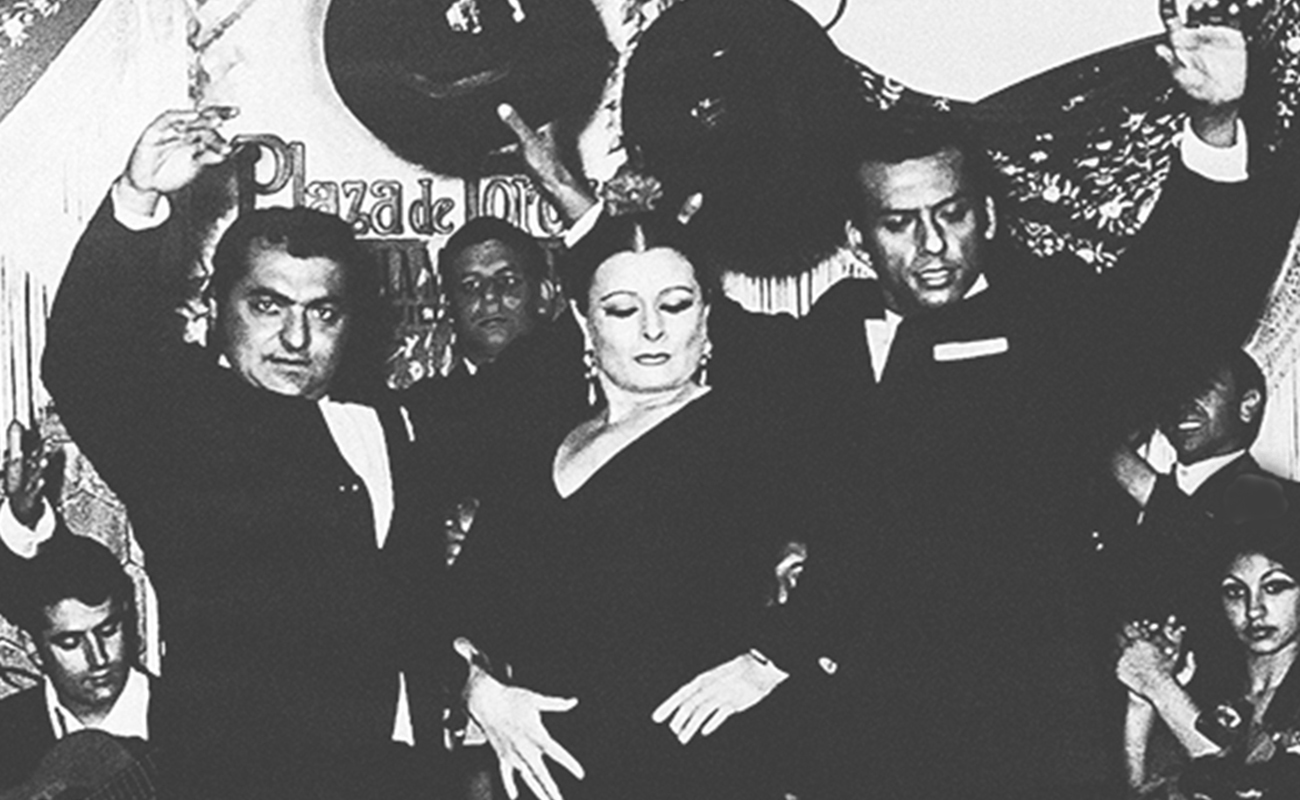
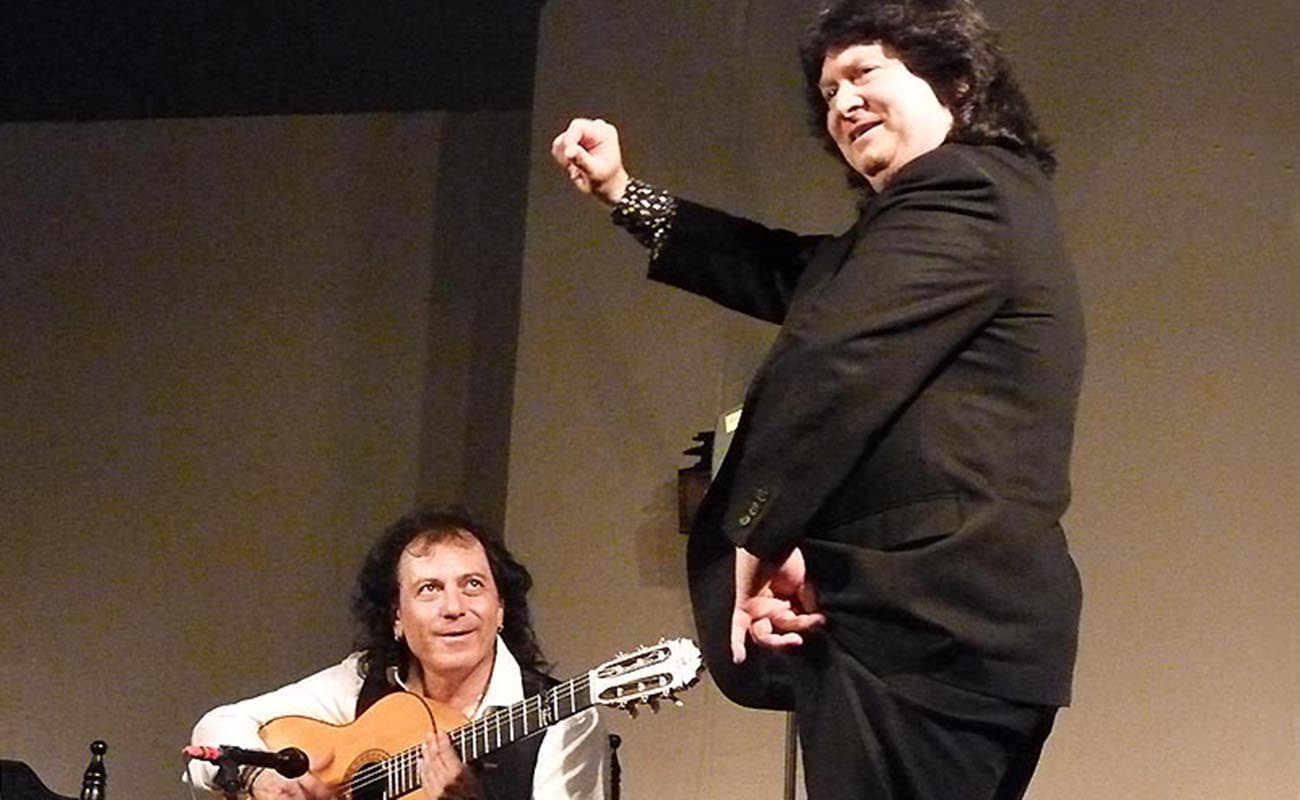
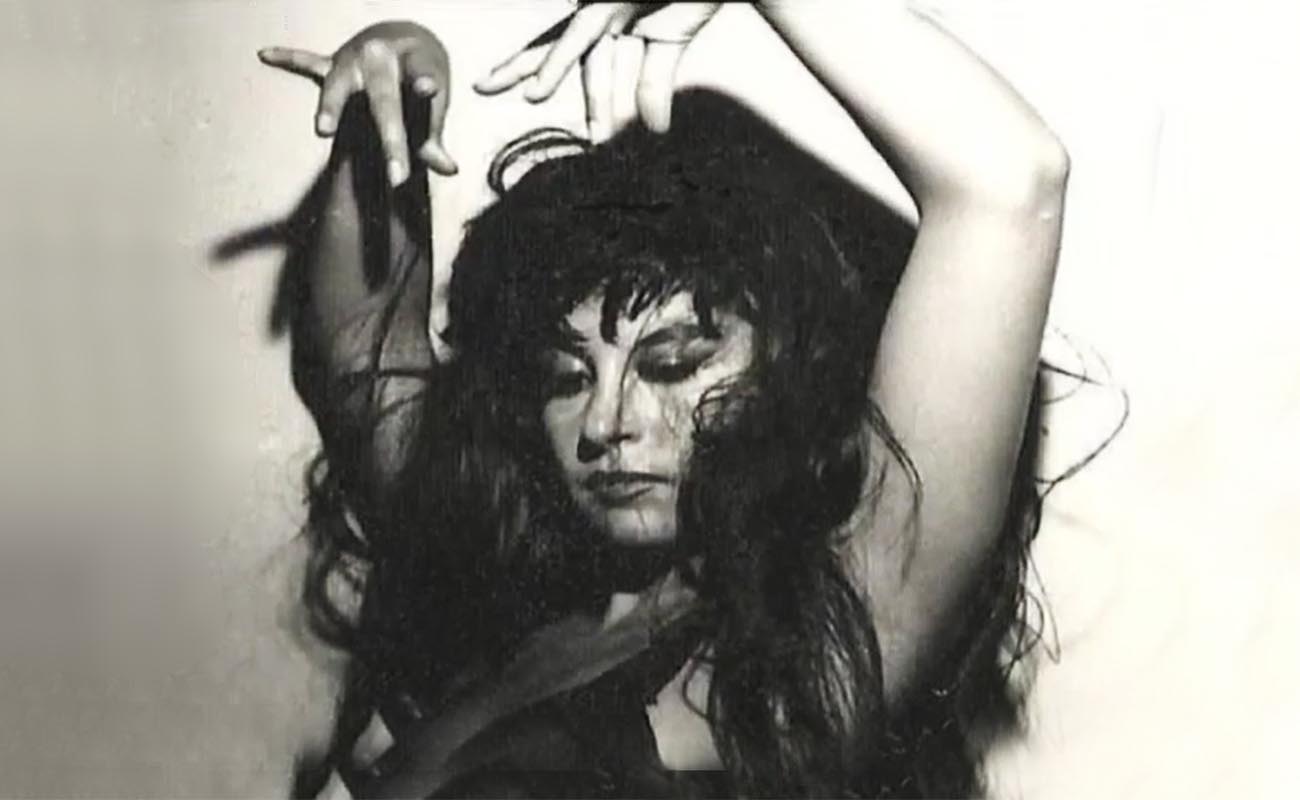
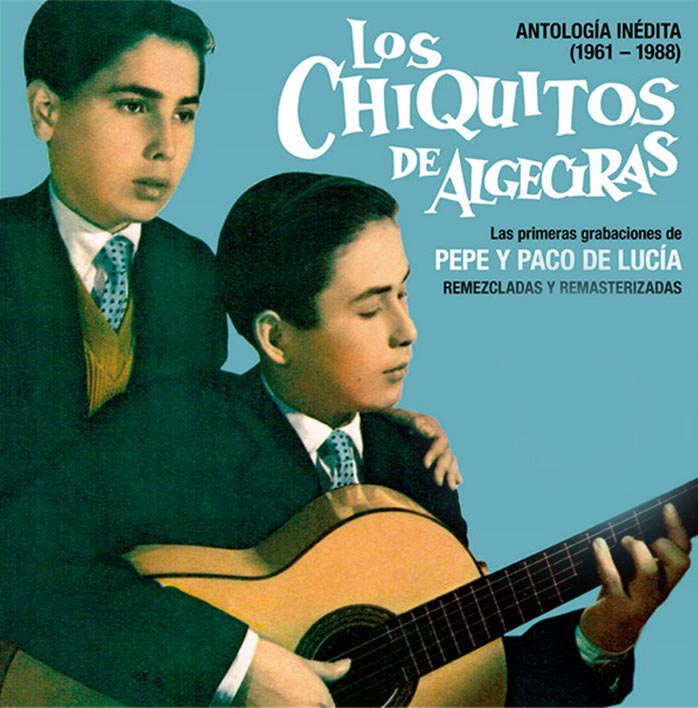
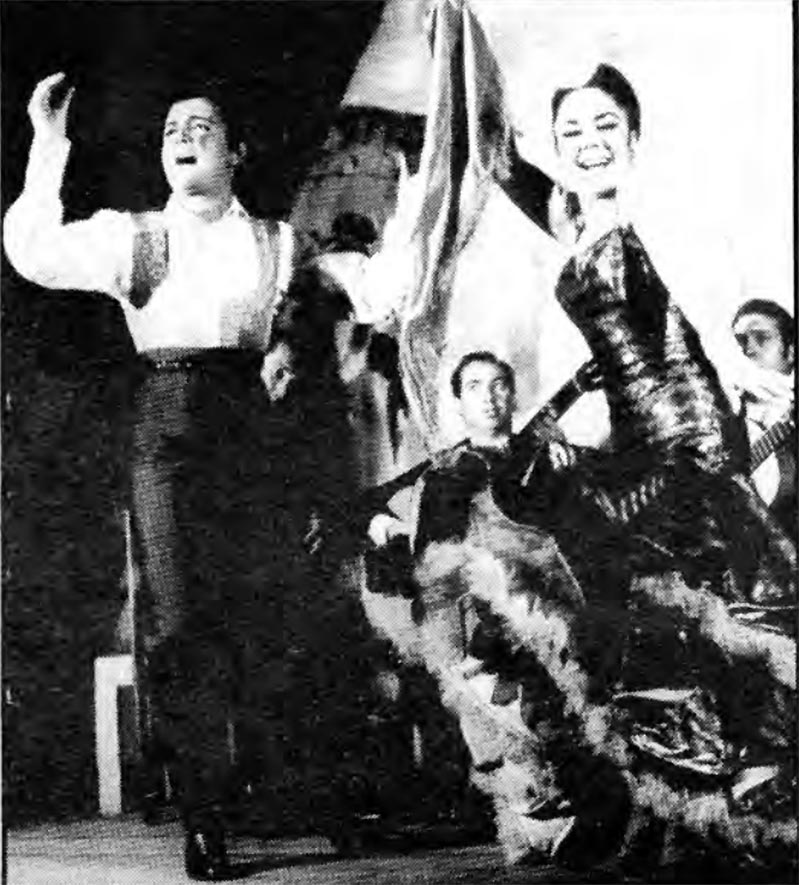
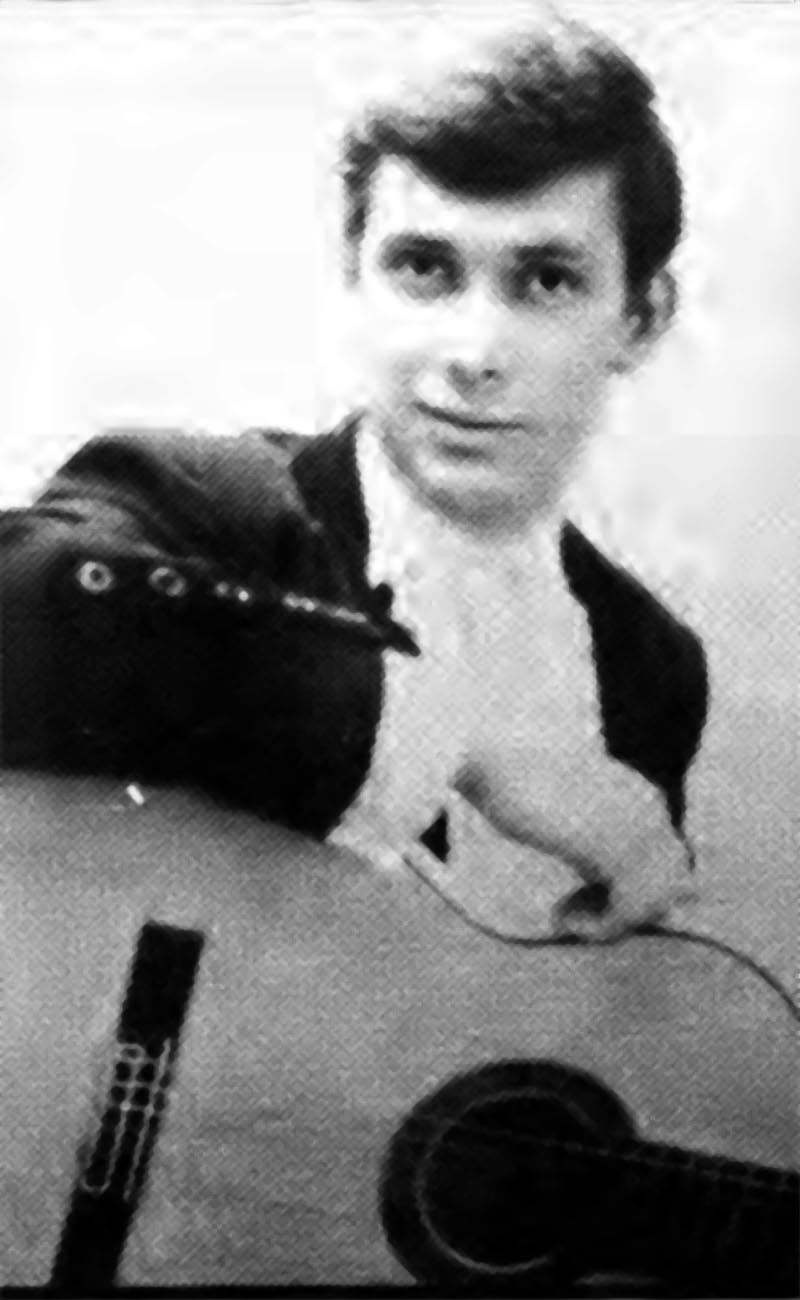


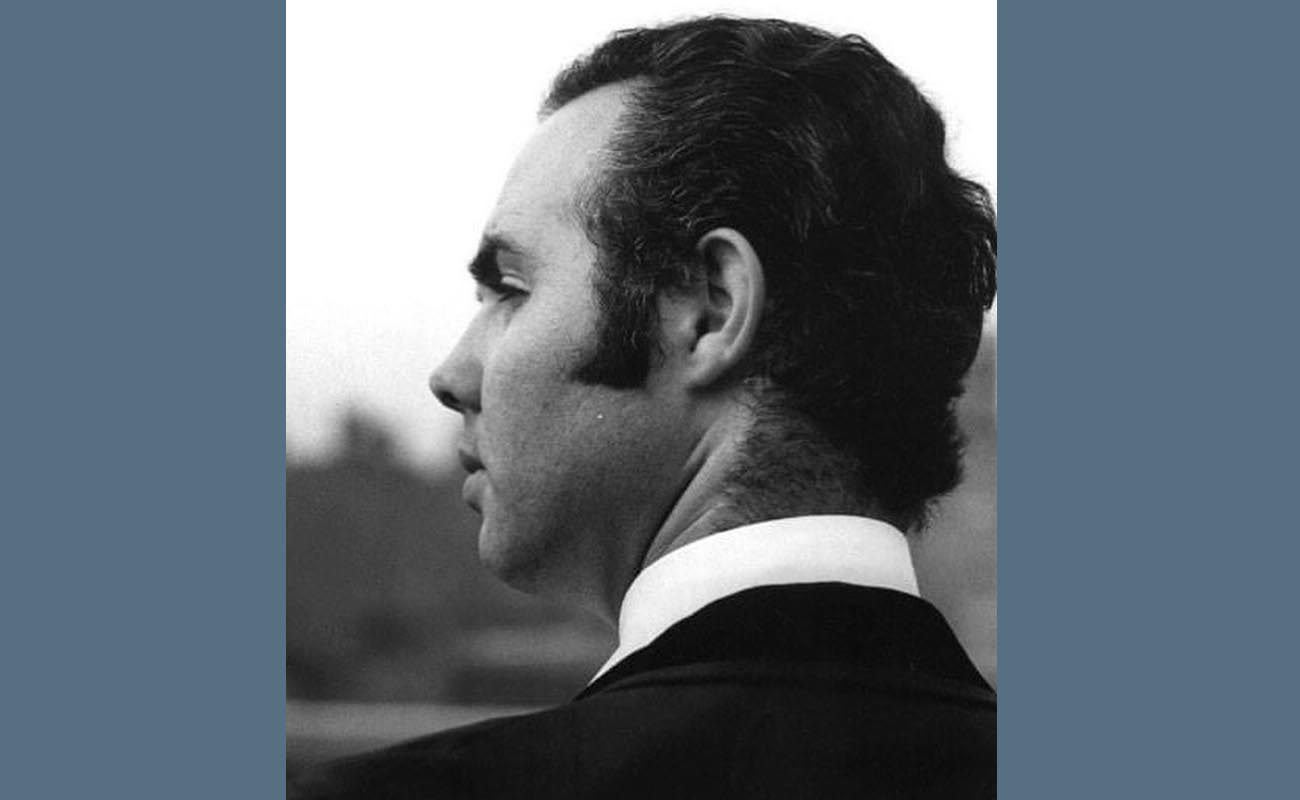
Luisita Sevilla Pacheco 7 June, 2021
I became a Spanish dancer because of Jose Greco! When I was very young from
Colorado, my mother would take us to see dance concerts. One being, Jose Greco; I told my mother that day that I wanted to be a Spanish dancer. We went to see him back stage and he told me if I wanted to be a Spanish dancer I needed to go to Spain to learn the language and the dance and to go to Sevilla. so my mother took me to Sevilla left me there for a year and that’s when I became a Spanish dancer. I learned the language and the dance with teachers like Enrique, El cojo and Elouisa Albeniz in four months I was dancing in a cuadro flamenco en el hotel Cristina/ My mother made it happen for me. Today forty years later I have danced and taught many students who are professional dancers today.
ose Greco when I saw
JoDe Romano 8 June, 2021
He was an amazing inspiration! Mom took me to Spain too after meeting him. We are so lucky to have had him and Spanish dance in our lives!
Loved meeting you yesrs later ! Wonderful memories!
JoDe Romano 8 June, 2021
I’m JoDe Romano.
I became a Spanish dancer because
when José Greco came to Houston Texas in the 60’s. I was hooked!
I was a child in dance school, but flamenco became my passion!
I later finished high school HSPVA in Texas and moved to Malaga to Study with José Greco and Nana Lorca. Performing with them a few years later along with Matilde Coral, Rafael El Negro and other greats. I continued my career in different dance companies in Spain working with the amazing choreographer José Grenero and others. After studying in Madrid and Sevilla Spain I toured with the José Greco company 20 years and was a soloist and his dance partner.
So greatful!
I now teach in New York City passing on my passion of the Spanish dance and my stories to young inspired students, our future!